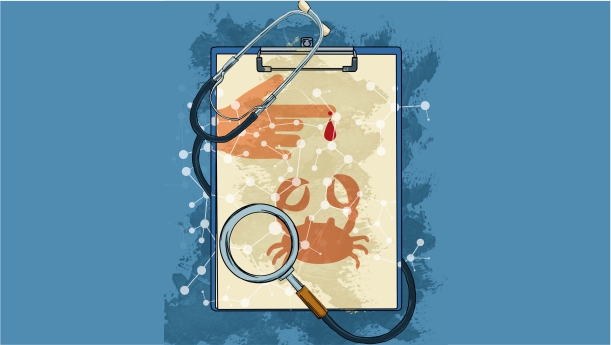
Managing personal information is a challenge in an environment marked by high digitalisation and involvement of technology in all aspects of an individual’s life. The power of predictive analytics and machine learning can be leveraged to bring about considerable improvement in healthcare as well as health insurance ecosystems.
Log In or become an AIMA member to read more articles
